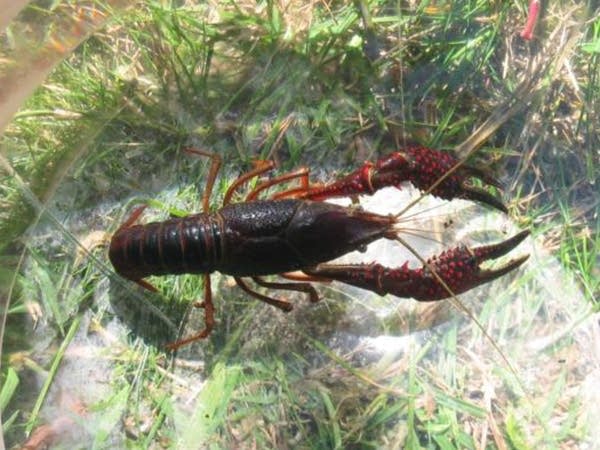How did he get here? Meet Minnesota's newest invasive pest

Red Swamp Crayfish (Procambarus clarkii)
U.S.G.S.
Go Deeper.
Create an account or log in to save stories.
Like this?
Thanks for liking this story! We have added it to a list of your favorite stories.


